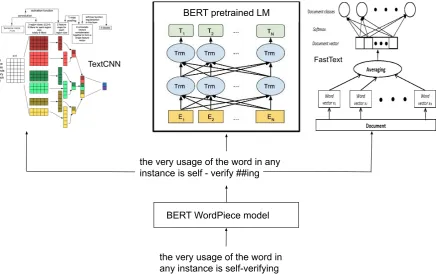Neural Word Decomposition Models for Abusive Language Detection
Full text
Figure




Related documents
We report the clinical and imaging findings of a patient with unilateral deep internal cerebral vein thrombosis (DICVT) leading to a completely revers- ible unilateral thalamic
Contrast-en- hanced MR imaging performed 2 days later showed subtle en- hancement on the postcontrast T1-weighted images (Fig 2A) and abnormal high signal intensity on
In fact, the entire arterial pulsation in the supratentorial region not accounted for in healthy subjects by venous compression or venous blood flow is estimated by the addition of
Several studies have shown an improvement in the contrast between enhancing lesions and normal white matter background (L/B) on contrast-enhanced T1- weighted magnetic resonance
Previous studies of the spotted bat Euderma maculatum have demonstrated that this bat emits echolocation calls that are lower in frequency, shorter in duration and fainter in
Nonketotic hyperglycinemia (NKH) is an auto- somal recessive disorder of glycine metabolism characterized by elevated concentrations of gly- cine in plasma,
In the light of Hawthorn’s (2002) conclusions that simplified applications developed specifically for a target user group with special needs are less usable for experts
Bij culturele dreiging gaat het om bedreiging van de identiteit die mensen ontlenen aan het lid zijn van een groep (de in-group) die wordt gekenmerkt door een bepaalde cultuur
